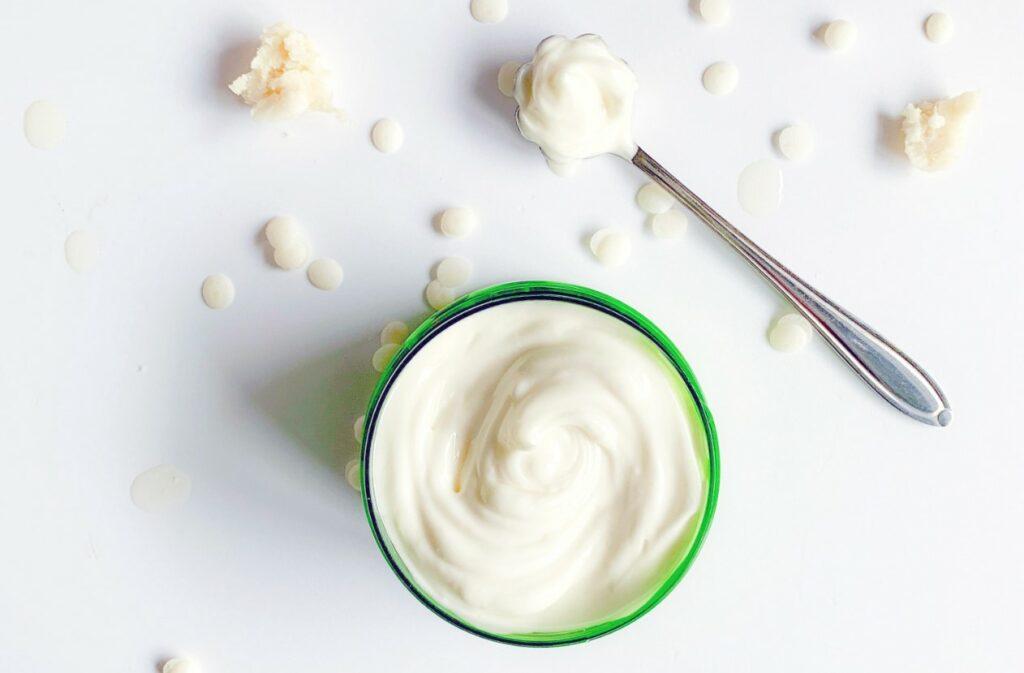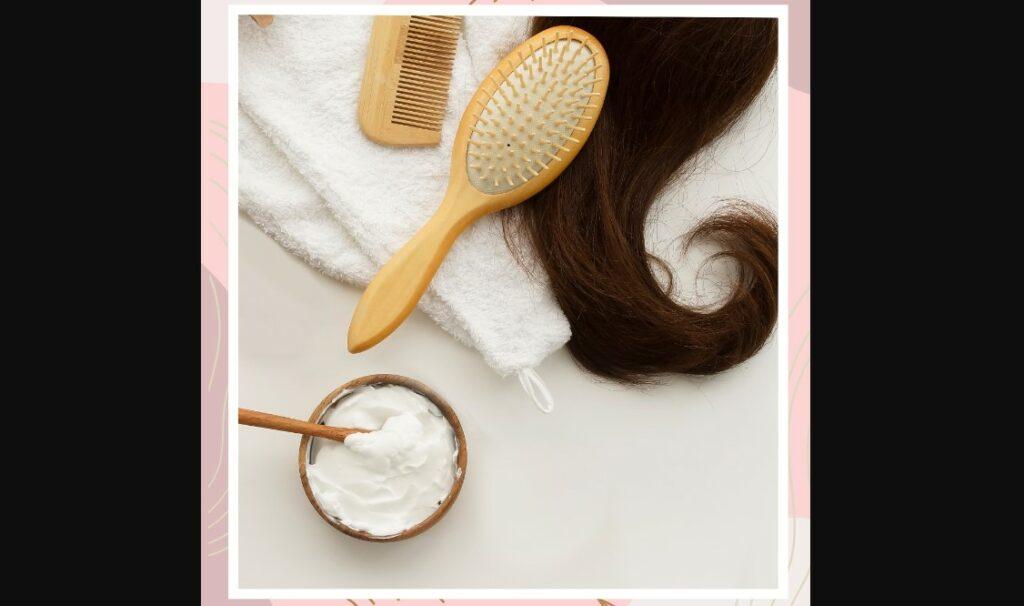Blog
Why Your Hair Needs a Deep Conditioning Mask
Dry hair is a common issue for many people, and it can be caused by a variety of factors such as genetics, over-styling, or environmental factors. When hair becomes dry, it means that the strands are lacking moisture and essential oils, resulting in a dull and brittle appearance. Not only does dry hair look unhealthy, but it can also lead to breakage, split ends, and difficulty styling.
One effective way to combat dry hair is by using a deep conditioning hair mask. These masks are specially formulated to provide intense hydration and nourishment to parched tresses. But with so many options available, it can be overwhelming to choose the right hair mask for your specific needs. In this blog post, we will explore the best ingredients for a dry hair mask, DIY recipes, how to use a hair mask, and additional tips for managing dry hair.
The Best Ingredients for a Dry Hair Mask
When it comes to choosing a hair mask for dry hair, it’s essential to look for ingredients that will replenish moisture, add shine, and improve the overall health of your hair. Here are some key components to keep an eye out for:
Natural Oils
Natural oils are excellent sources of hydration and nourishment for dry hair. They help to seal in moisture, prevent breakage, and add shine to lackluster locks. Some popular oils to look for in a hair mask are coconut oil, argan oil, and jojoba oil.
Coconut oil is rich in fatty acids, which penetrate the hair shaft and help to retain moisture. It also has antibacterial properties that can promote a healthy scalp. Argan oil is another fantastic option for dry hair as it contains high amounts of vitamin E and antioxidants, which repair damage and boost shine. Jojoba oil is similar to the natural oils produced by our scalp and can effectively moisturize dry hair without leaving a greasy residue.

Shea Butter
Shea butter is a popular ingredient in hair care products as it is rich in vitamins, fatty acids, and antioxidants. It has excellent moisturizing properties that can help to repair damaged hair and protect it from further breakage. Shea butter also has anti-inflammatory benefits, making it ideal for those with a sensitive scalp.
Aloe Vera
Aloe vera is a natural plant extract known for its hydrating and healing properties. It contains enzymes that promote healthy hair growth and soothe the scalp. Aloe vera can also improve the elasticity of dry hair, making it more manageable and less prone to breakage.
DIY Hair Mask Recipes for Dry Hair
If you prefer to use natural ingredients in your hair care routine or want to save some money, making your own hair mask at home is an excellent option. Here are three easy DIY hair mask recipes for dry hair:
Avocado and Honey Mask
- 1 ripe avocado
- 2 tablespoons honey
- 1 tablespoon olive oil
Instructions:
- In a bowl, mash the avocado until smooth.
- Add honey and olive oil and mix well.
- Apply the mixture to damp hair, focusing on the ends.
- Leave the mask on for 20-30 minutes.
- Rinse thoroughly and shampoo as usual.
Avocado is packed with healthy fats and vitamins that can nourish and moisturize dry hair. Honey is a humectant, helping to lock in moisture, and olive oil adds shine and strengthens the hair.

Egg and Yogurt Mask
- 1 egg
- ¼ cup plain yogurt
- 2 tablespoons honey
Instructions:
- In a bowl, beat the egg until frothy.
- Add yogurt and honey and mix well.
- Apply the mixture to damp hair, focusing on the scalp and ends.
- Leave the mask on for 30 minutes.
- Rinse thoroughly and shampoo as usual.
Egg yolks are rich in protein and can help to strengthen and repair damaged hair. Yogurt is an excellent source of lactic acid, which can cleanse the scalp and remove buildup. Honey adds moisture and nourishment to dry hair.
Banana and Olive Oil Mask
- 1 ripe banana
- 2 tablespoons olive oil
- 1 tablespoon honey
Instructions:
- In a blender, blend the banana until smooth.
- Add olive oil and honey and blend again.
- Apply the mixture to damp hair, focusing on the mid-lengths and ends.
- Leave the mask on for 20 minutes.
- Rinse thoroughly and shampoo as usual.
Bananas are rich in natural oils and vitamins that can moisturize and soften dry hair. The olive oil in this mask provides additional hydration and nourishment, while honey helps to seal in moisture.
How to Apply and Use a Hair Mask for Optimal Results
Now that you have chosen the right hair mask for your dry hair or made one at home let’s discuss how to apply and use it for maximum benefits.
Step 1: Prep Your Hair
Before applying the hair mask, make sure your hair is clean and damp. Shampoo your hair as usual, and gently squeeze out excess water with a towel. You want your hair to be damp, but not dripping wet.
Step 2: Divide Your Hair
Divide your hair into sections to ensure even application of the hair mask. Use clips or hair ties to keep the sections separated.
Step 3: Apply the Mask
Using your fingers, apply the hair mask from roots to ends, focusing on the mid-lengths and ends as they tend to be the most dry and damaged areas. Be sure to massage the mask into your scalp as well to promote healthy hair growth.

Step 4: Comb Through
Use a wide-tooth comb to distribute the hair mask evenly and remove any tangles. This will also help the ingredients penetrate each hair strand for optimal results.
Step 5: Time to Relax
Once the mask is applied, it’s time to sit back and relax! Put on a shower cap or wrap your hair in a towel to keep the mask in place and allow it to work its magic. Most hair masks require 20-30 minutes to work effectively, but check the instructions on the specific product you are using for the recommended time.
Step 6: Rinse Thoroughly
After the recommended time has passed, rinse out the hair mask with lukewarm water until the water runs clear. Avoid using hot water as it can strip the hair of its natural oils. If your hair still feels greasy, you may need to shampoo again.
Step 7: Condition (Optional)
Depending on the type of hair mask you use, you may or may not need to condition afterward. If the mask was especially nourishing, you may find that you don’t need to condition at all. However, if your hair still feels a bit dry, you can use a lightweight conditioner on the mid-lengths and ends.
The Frequency of Using a Hair Mask for Dry Hair
The frequency of using a hair mask for dry hair depends on your hair’s level of dryness and damage. If you have extremely dry hair, you may benefit from using a hair mask twice a week. For those with milder dryness, using a hair mask once a week should suffice.
It’s also essential to listen to your hair and adjust the frequency as needed. If you notice that your hair is feeling greasy or weighed down, reduce the number of times you use a hair mask in a week. On the other hand, if your hair still feels dry and brittle, you may want to increase the frequency of use.
Additionally, it’s crucial to give your hair a break from any heavy products, including hair masks. Use a clarifying shampoo once a month to remove any buildup and allow your hair to breathe.

Additional Tips for Managing Dry Hair
Aside from using a deep conditioning hair mask, there are several other things you can do to manage dry hair and improve its overall health. Here are some tips to keep in mind:
Avoid Over-Washing
Washing your hair too frequently can strip it of its natural oils, leaving it dry and dull. Try to limit washing your hair to two or three times a week and opt for gentle, sulfate-free shampoos.
Use a Heat Protectant
If you regularly use heat styling tools on your hair, make sure to protect it with a heat protectant product. This will help to minimize damage and keep your hair looking healthy.
Trim Regularly
Split ends are a common issue for those with dry hair, and they can make your hair look frizzy and damaged. To prevent split ends from getting worse, make sure to trim your hair every 8-12 weeks.
Invest in a Silk Pillowcase
Cotton pillowcases can cause friction against your hair, leading to damage and breakage. Switching to a silk pillowcase can help to minimize this and keep your hair looking smooth and shiny.
Eat a Healthy Diet
What you put into your body reflects on the outside, including your hair. Make sure to eat a balanced diet that includes plenty of fruits, vegetables, and healthy fats to nourish your hair from within.

Conclusion
Dry hair can be a frustrating issue to deal with, but it’s not something you have to live with forever. Using a deep conditioning hair mask can help to restore moisture, repair damage, and bring life back to your locks. Look for masks with natural oils, hyaluronic acid, shea butter, or aloe vera to provide your hair with the nourishment it needs. You can also make your own hair mask at home using simple, natural ingredients.
Remember to prep your hair, apply the mask evenly, and give it time to work its magic before rinsing thoroughly. The frequency of using a hair mask depends on your hair’s level of dryness, so make sure to adjust as needed. And lastly, incorporate healthy habits into your hair care routine to maintain healthy, hydrated hair. With these tips and tricks, you can say goodbye to dry, dull hair and hello to shiny, manageable tresses.
Click to to our official website to find more information:
Website: https://hiproviet.com
Hotline: +84 923 669 968

